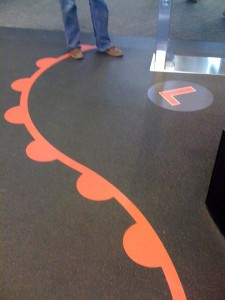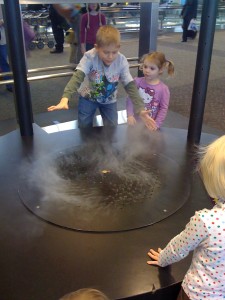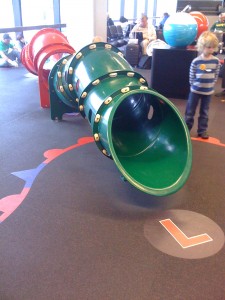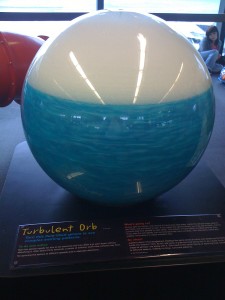By Marianne Vanderkolk at Homeschool-articles.com
I love seeing kids excited about science. Reading about science, exploring the world outside, seeing a science video are ways in which children enjoy and become motivated about science. And, through the years, that is what we have successfully done. However, recently it has been confirmed in my own mind, that a real and extremely valid way for kids to love science and be keen to know more, is to provide them with time to play around with really cool science experiments.
As a homeschooling family we have questioned, “What have been the things that we look back on with fond and treasured memories in science?” It is either the hands-on nature walks and finding animals, or the fun in setting up and doing an experiment with great results. Many of the experiments my children have enjoyed have been totally unrelated to any science text we may have been following at the time. Most of the successful ‘science’ messes have sprung up from their own interest and trying to solve a question which they have posed themselves. (Like fixing a cheap toy and making it far better than it ever was.)
So, how do we encourage our children to play around with science?
Ask Them Questions
Firstly, ask your children questions without giving away the answer. If you are working through a text which has science experiments, present the question to them and don’t read or let them read what sorts of results they should be getting from performing the experiment. Ask them questions during the experiment and after it – what do you think would happen if we changed x, y or z?
Ask them questions about life – about their physical environment or why things happen? Ask them the curious questions before they ask you. And then let them think and ponder about it. It does not mean that you should never give answers, but at the same time, don’t rush in – give them time first. When answering, relate the answer to their current experience. And remember, it is okay to admit you don’t know the answer – that can become an ideal time to discuss how to research and find answers we are looking for.
Let Them Experiment
Let them play with all sorts of things around the home and experiment. Using a book or science course will give you ideas about exciting science experiments. There are also a ton of books at the library that will interest your children. Recently, I discovered an online science Curriculum which is full of really cool science experiments. You can see some here.
The experiment instructions are also on video, which we all really love watching. Using all sorts of common household materials, and some that you need to buy, these experiments have amazed and excited my children. In fact, it has been the recent catalyst for a whole heap of hovercraft experiments which in turn has motivated my other children to fiddle with a toy gun changing it from a gun using air pressure to one using spring mechanics.
Be Prepared, Grow a Collection of Science Tools and Encourage Mess
If you want your children to experiment, you will need to accept and even encourage mess. Set up some boxes where you keep all sorts of odds and ends which will come in handy for science experiments.
- You will need materials like rubber bands, straws, pipe cleaners, paper clips, balloons, popsicle sticks.
- You will also need tools and materials to bind items together like sticky tape, masking tape, hot glue gun, super glue, rope or string, stapler and staples, hole punch, scissors.
- Then you will also need to collect some clean junk – bottle tops, soda bottles, clean cans, bottle lids, ice cream containers and cardboard boxes of all sizes.
Perhaps you can create a science corner – filled with experiment books and all the materials, and a table to work on.
Allow for Mistakes
Every science experiment does not need to work perfectly and make sure your children know that. When an experiment does not work the way they had hoped, ask them:
- “What did you learn from that?”
- “What might you do differently next time?”
- “Why do you think that happened?”
Be Curious Alongside of Them, But Don’t Take Over
When your children are in the middle of a project or have completed it, they love to have a fan club. As they become more independent, they may not need you to set up an experiment or help them do it, but they really want to share their enthusiasm with an interested party – like their family and parents! So, let them inspire you – cheer them on as they set up an experiment – ask them questions so they can verbalize what is happening and why – problem solve with them – search out answers together, BUT don’t take over.
As parents we have the tendency to ruin the child-led learning experience and make it a full-blown lesson. We want to run with their idea because we can see how it will make a wonderful ‘unit study’ and so we plan, get books, blah, blah, blah, and run off with all of our great ideas, but meanwhile our children have turned the corner, lost interest and moved on. It doesn’t matter! Even if their interest in that topic may have been short lived, another experiment at a later date will most likely, help to reinforce the science concept.
So, do what you need to do to excite your children about science.
Be curious, ask questions, encourage messes, grow a collection of science tools and find materials to help you. You can find some easy and totally ‘cool’ science experiments. as well as links to science experiments on video, plus two free Science Experiment Ebooks (A Science Experiment Guide usually valued at $25, and a Science Activity Manual and Video Guide valued at $30) , here – easy science experiments.








